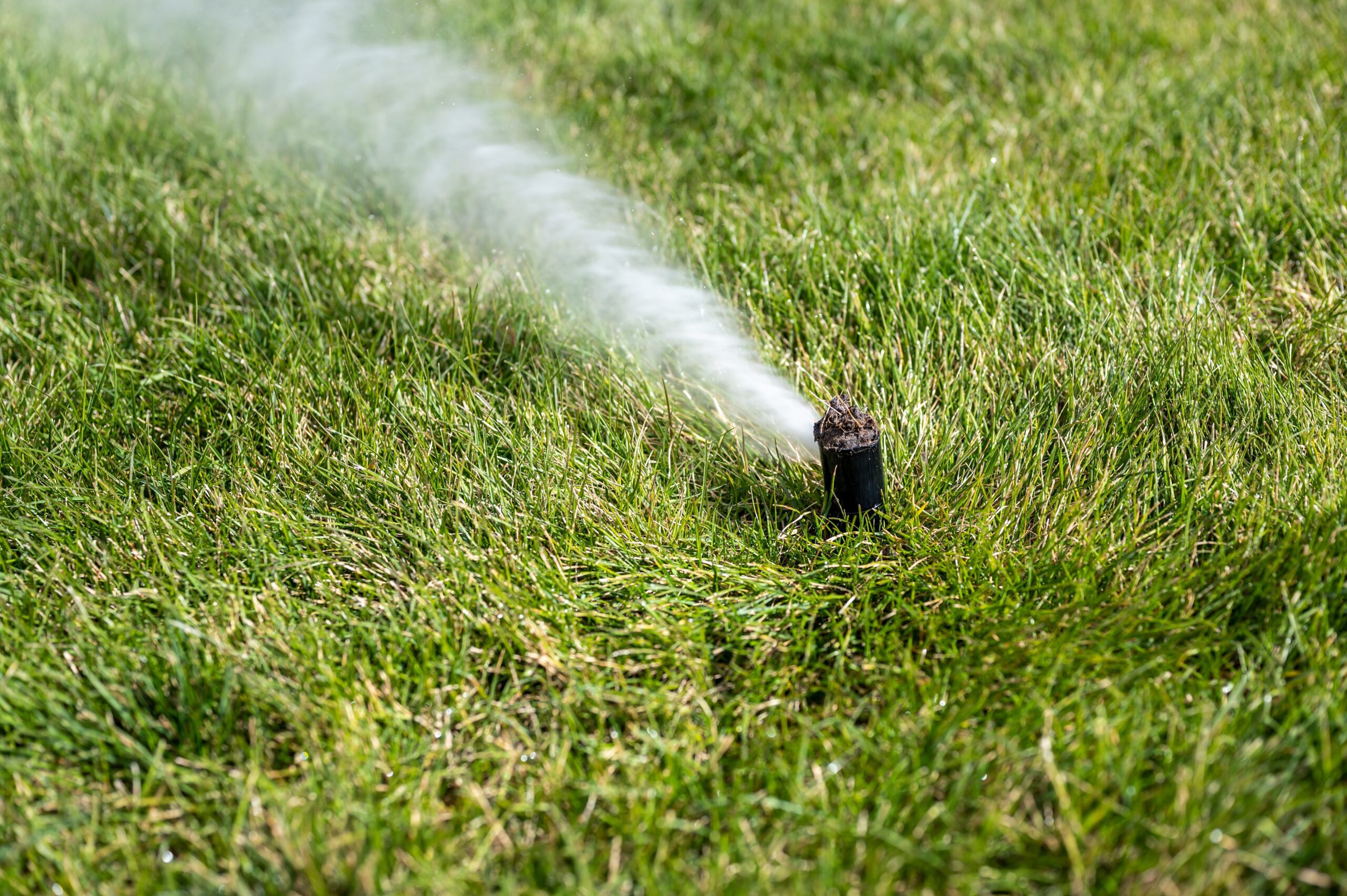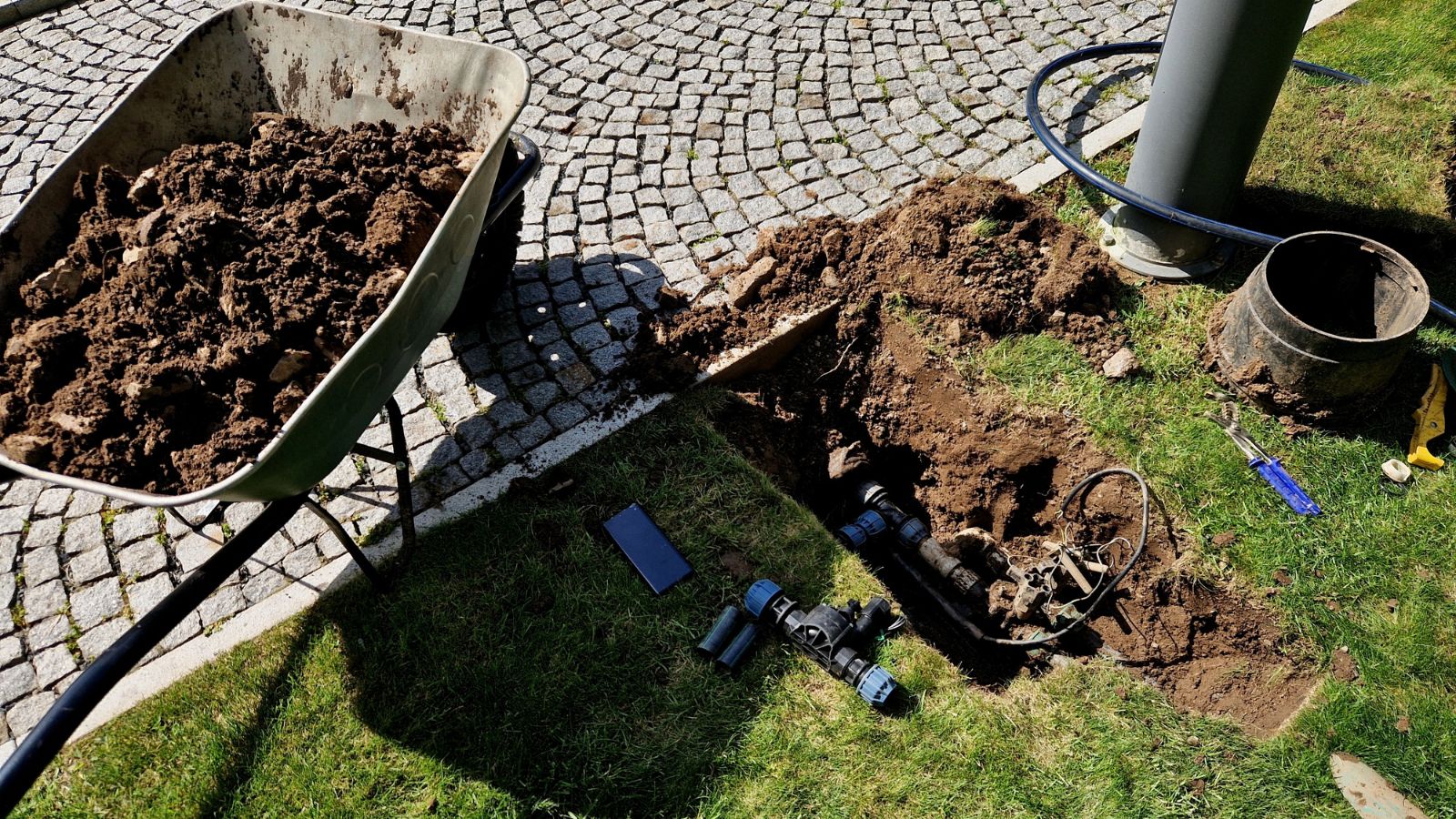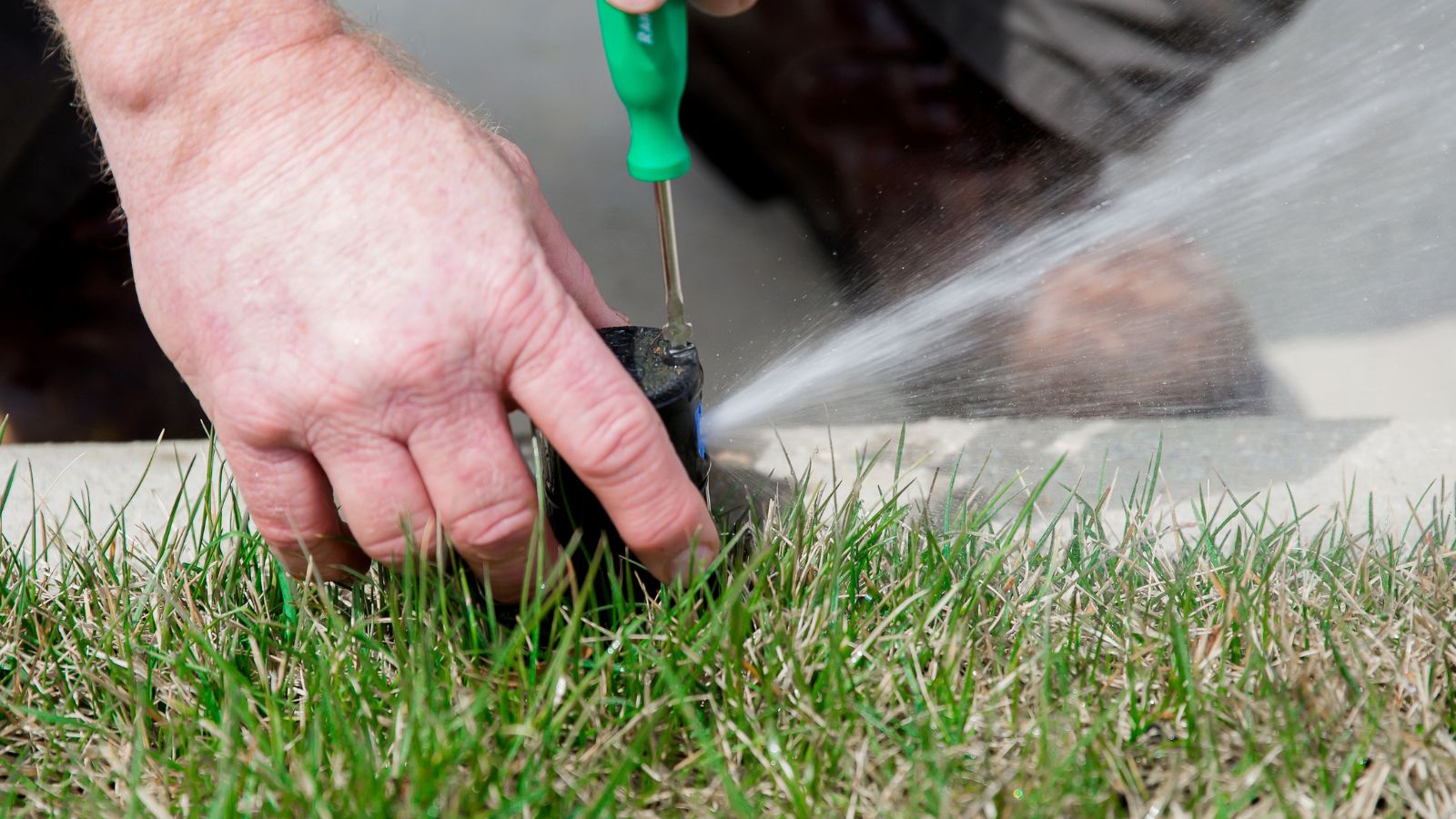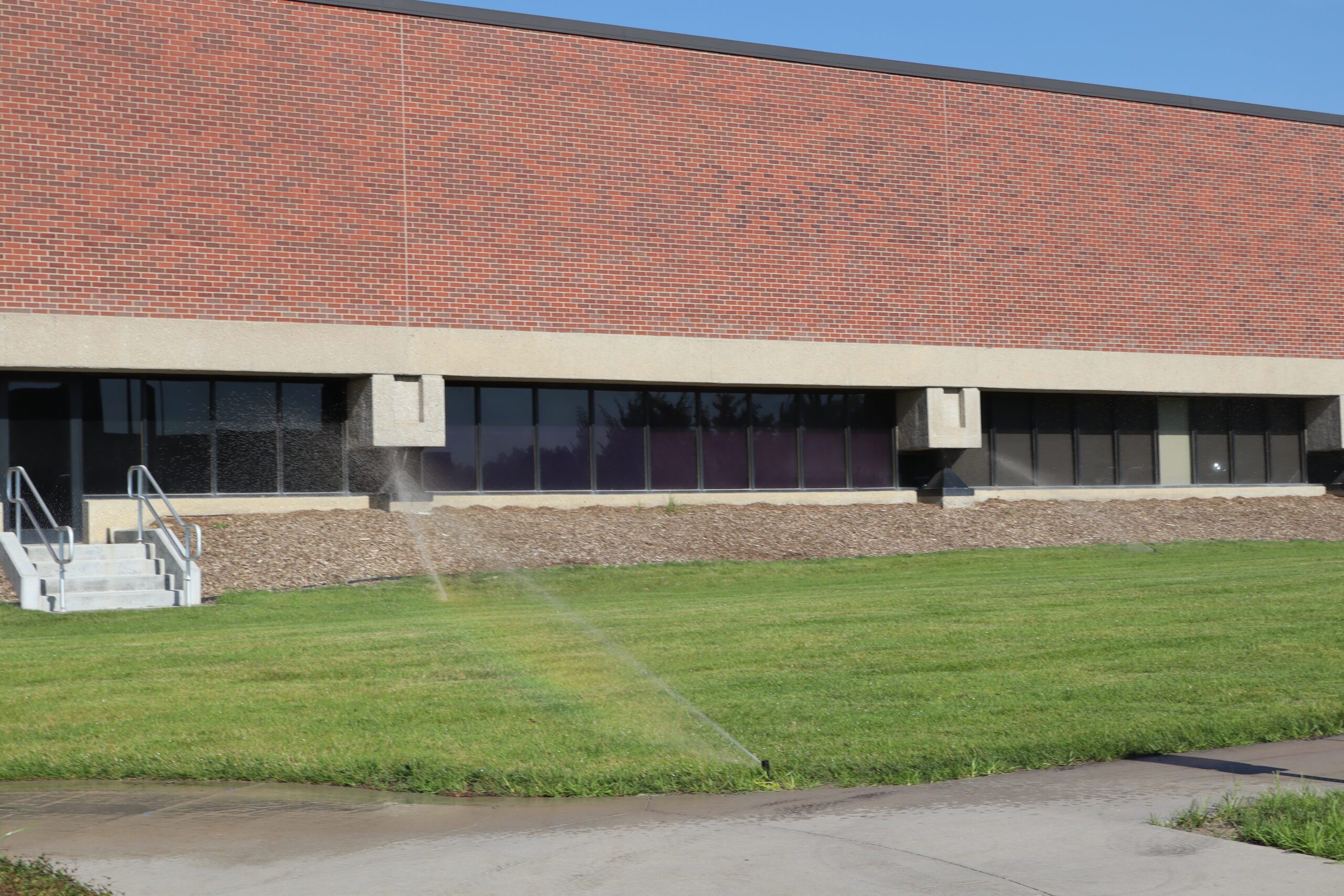Many homeowners wonder if they really need to blow out their sprinkler system every fall. The answer depends on the climate and the type of system, but in areas where freezing temperatures are common, blowing out the sprinkler system is essential to prevent water inside the pipes from freezing, expanding, and causing costly damage. This simple step protects the system and extends its lifespan.
Not all sprinkler systems need this treatment every year, especially in milder regions where the risk of freezing is low. However, for those living in colder areas, winterizing by clearing out the water can save money and headaches in the long run. Whether done professionally or as a DIY project, it’s important to maintain the right pressure and technique to avoid harming the system.
Understanding when and why to blow out your sprinkler system every fall helps homeowners make informed decisions about their irrigation care. This article will explore the factors that influence the need for blowouts and provide clear guidance on how to protect sprinkler systems as winter approaches.
Do You Really Need to Blow Out Your Sprinkler System Every Fall?
Why Sprinkler Systems Need Maintenance
Proper care of sprinkler systems prevents costly repairs and keeps them working well year after year. Addressing problems before winter is key to maintaining the efficiency and lifespan of the irrigation setup.
Risks of Freezing Temperatures
Freezing temperatures can cause serious problems for sprinkler systems. When water inside the pipes freezes, it expands, putting pressure on the pipes and components. This pressure can cause cracks or bursts in the pipes.
Damaged pipes lead to leaks and system failure, which often require expensive repairs or replacements. Sprinkler heads and backflow preventers are also vulnerable to freezing damage. Keeping the system free of water before cold weather helps avoid these issues. Without this step, the system can fail during winter or early spring, leaving a yard dry or unevenly watered.
Knowing the frost level in your area is especially important, since pipes below the frost line are less likely to freeze, but those above it are highly vulnerable.
Potential Damage from Water Left in Pipes
Water trapped in pipes damages the system over time, even if the temperature doesn’t drop below freezing right away. Standing water can cause rust, corrosion, or cracking of pipes and fittings. Additionally, leftover water can cause sprinkler heads to clog or malfunction. This leads to uneven watering distribution, which negatively affects lawn health.
To protect the system, all water must be removed before winter. Many systems have automatic drain valves, but these often don’t clear all the water. Using compressed air to blow out your sprinkler system every fall ensures complete drainage and helps maintain system integrity.
The Process of Blowing Out a Sprinkler System
Blowing out a sprinkler system removes all water from the pipes to prevent freezing and damage. This process uses compressed air to clear the lines safely. Proper tools and careful steps are important to avoid harming the system and to make sure the job is done right.
How Air Blowouts Work
Air blowouts use compressed air to push water out of the sprinkler pipes and heads. This helps stop water from freezing inside the system during cold weather. The burst of air forces water through the sprinkler outlets, clearing out even hard-to-reach spots.
Air pressure must be controlled carefully. Too much pressure can break pipes or sprinkler heads. Usually, pressures are kept below 80 psi. The removal of water stops freezing, cracking, and leaks.
Technicians start the blowout at the main valve and work through each zone one at a time. This method ensures all sections are cleared. By completing this process, you effectively blow out your sprinkler system every fall and safeguard against costly seasonal damage.
Common Equipment Needed
To blow out a sprinkler system, several tools are necessary:
- Air compressor: Provides the force needed to push water out.
- Blowout adapter: Connects the air compressor to the irrigation system.
- Pressure regulator: Controls air pressure to avoid damage.
- Safety goggles and gloves: Protect from flying debris or water during a blowout.
An air compressor rated at a minimum of 50 cubic feet per minute (CFM) and 80 psi is ideal. Smaller compressors may not clear the lines fully. The blowout adapter fits the system’s backflow valve or test port. This provides easy access to air.
Best Practices for Proper Blowouts
Blowing out your sprinkler system correctly each fall prevents costly repairs and ensures it will be ready for spring. Following the proper steps keeps your irrigation system safe from damage caused by freezing water.
- Shut off the water supply completely before beginning.
- Attach the air compressor to the blowout adapter.
- Open the first irrigation zone and set the compressor pressure to under 80 psi.
- Run air through until no water sprays from the sprinkler heads (about 2–3 minutes).
- Close that zone valve, then move on to the next zone.
- Repeat for each zone until the system is completely cleared of water.
- Avoid over-pressurizing or running the air too long to prevent cracks or broken parts.
- Once finished, disconnect all equipment and store it properly until next season.
Alternatives to Blowing Out Your Sprinkler System
Not every sprinkler system requires blowing out with compressed air to prevent winter damage. Some methods remove water more gradually or rely on built-in system features to clear water before freezing temperatures arrive.
Manual Draining Methods
Manual draining involves opening valves or removing plugs to let water escape from pipes and sprinkler heads. This prevents water from sitting in the system where it can freeze and expand. To do this, the user locates drain valves, usually placed at low points in the system. They open these valves while the system is off, allowing gravity to pull the water out naturally. This process may need the user to open multiple drain points to fully clear the system.
One downside is that manual draining may not remove all water, so some residual moisture can remain. It is most effective for simple systems with accessible drains and those located in areas with milder winters and shallower frost level risk.
Using Automatic Drain Valves
Automatic drain valves activate without user involvement when water pressure drops below a set level. They release water when the sprinkler system shuts off, preventing freeze damage in colder climates. These valves work by sensing a pressure drop. As the system stops, water inside the pipes flows out through the valve openings automatically.
Installing these valves requires upfront planning but provides ongoing protection with minimal effort. They reduce the risk of water freezing in pipes and often eliminate the need to blow out your sprinkler system every fall. They are especially useful for homeowners looking for a low-maintenance solution that still safeguards the sprinkler system during winter.
Long-Term Impacts of Skipping Annual Blowouts
Skipping the yearly sprinkler blowout can lead to costly damage and reduce how well the system uses water. Frozen pipes and broken parts can cause expensive repairs. Over time, inefficiency may increase water bills and strain the system.
Cost of Repairs and Replacement
When water remains in pipes during freezing weather, it can expand and crack the pipes or damage sprinkler heads. This damage often requires repair or replacement parts.
Repair costs vary but often range from hundreds to over a thousand dollars, depending on the extent of the damage. Replacing broken pipes or heads is more expensive than the cost of a professional blowout, which usually costs $100 to $250.
Regular blowouts prevent ice buildup, protecting the system’s components. They help avoid unexpected and costly repairs in the spring, saving both money and time for homeowners. This is why experts urge you to blow out your sprinkler system every fall rather than postponing maintenance.
Effects on Water Efficiency
Sprinkler systems with damaged pipes or heads spray water unevenly. Leaks, clogs, or broken parts cause some lawn areas to get too much or too little water. Uneven watering wastes water and can increase the water bill. It also weakens plants and grass, causing dry spots or waterlogged areas. By properly completing the process to blow out your sprinkler system every fall, water flow stays balanced. This keeps the system running efficiently and helps maintain a healthy lawn while controlling water costs.
Pioneer Underground Lawn Sprinklers | Sprinkler System Repairs and Maintenance Omaha, NE
Contact Pioneer Underground Lawn Sprinklers to schedule a free estimate on a system install or to find out what you can do to make your existing system more efficient. We welcome commercial and residential clients. And remember, whether you need our services now… or later in the season, Your Healthy Lawn is Our Passion, and we are only a phone call away.






